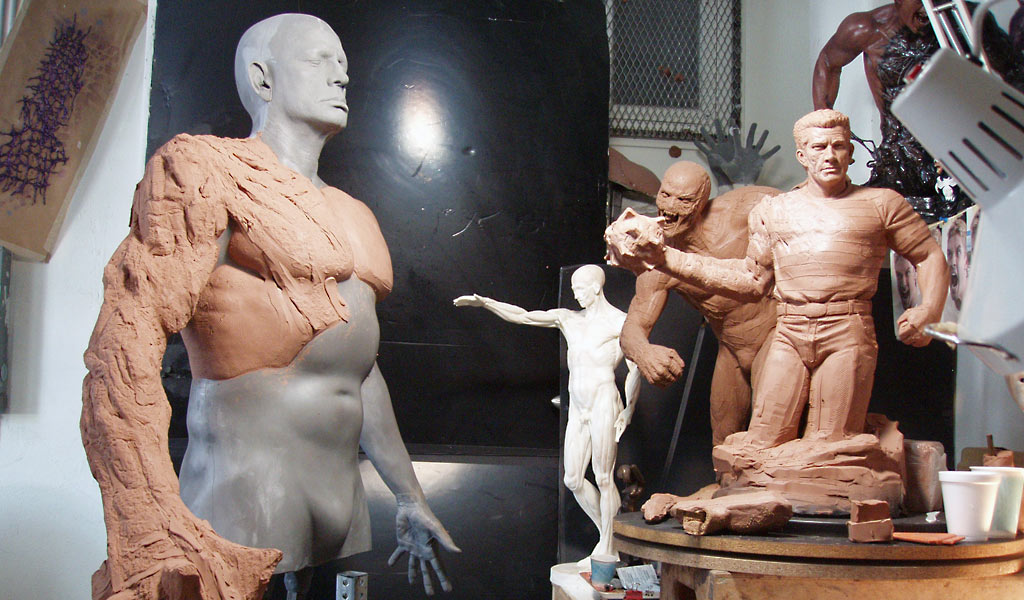Creating a sculpture, whether for an exhibition in a renowned museum or for personal pleasure, is an exquisite blend of artistry and technical proficiency. A sculpture is more than just a physical object; it is the embodiment of a thought, an idea, or a story – given shape through the patient and meticulous manipulation of a material. This is particularly true of contemporary sculptures Melbourne.
This creative process, when executed with skill and passion, has the power to captivate, inspire, and even transform those who encounter it. This article aims to take you on a journey from the preliminary stages of moulding clay to the final touches of casting in bronze.
Unearthing the Concept
All magnificent creations start with an idea. The sculptor’s task is to translate this abstract idea into a three-dimensional reality. Often, the process begins with a series of sketches, assisting the sculptor in visualising the final form and detailing the potential challenges that may arise during sculpting.
Clay Modelling
Clay is the preferred medium for the initial stage due to its malleability. It allows the sculptor to shape, add, or remove elements quickly and easily. This first step is crucial, as it sets the foundation of the final artwork. The clay model, also known as the maquette, is a rough 3D sketch of the sculpture, bringing the initial 2D sketches to life.
Making the Mold
Once the clay model has been refined to the artist’s satisfaction, a mould is made. A flexible substance, often silicone rubber, is applied to the surface of the clay model. Once hardened, this ‘negative’ mould captures every detail of the sculpture and is carefully removed, serving as the template for subsequent steps.
Lost-Wax Casting
Bronze sculpture is frequently created using the ‘lost-wax’ method, a technique that dates back thousands of years. A wax model is made by pouring molten wax into the mould. After cooling, the wax copy is retrieved, and any necessary refinements are made.
The refined wax model is then invested into a ceramic shell. It’s coated with a heat-resistant material and heated to melt out the wax (hence ‘lost-wax’), leaving behind a hollow ceramic mould.
The Birth of Bronze
Bronze, an alloy of copper and tin, is heated until it becomes molten. It’s then poured into the ceramic mould. Once the bronze cools and solidifies, the ceramic shell is shattered, revealing the bronze sculpture within.
The Final Touches
The emerging bronze sculpture is then worked on to remove any casting flaws and to add fine details. This can involve welding, sanding, and polishing. A patina, or surface colouration, is often applied to give the sculpture the desired aesthetic and protect it from environmental factors.
In conclusion, the process of sculpting, from shaping clay to casting bronze, is a detailed and fascinating journey. The complexity and craftsmanship involved bear witness to the incredible skill and creativity of the artist, resulting in beautiful, evocative pieces that speak volumes and inspire generations.

